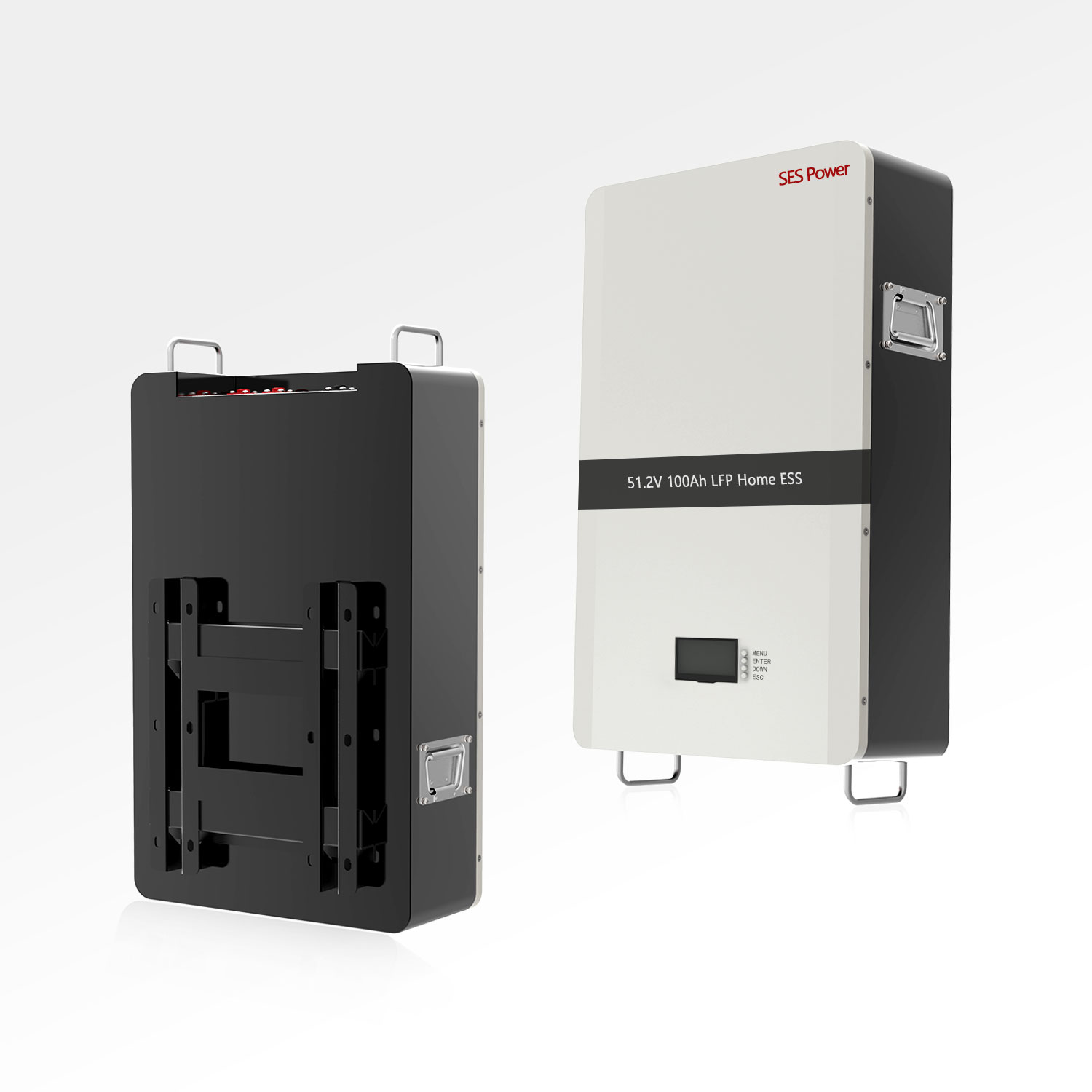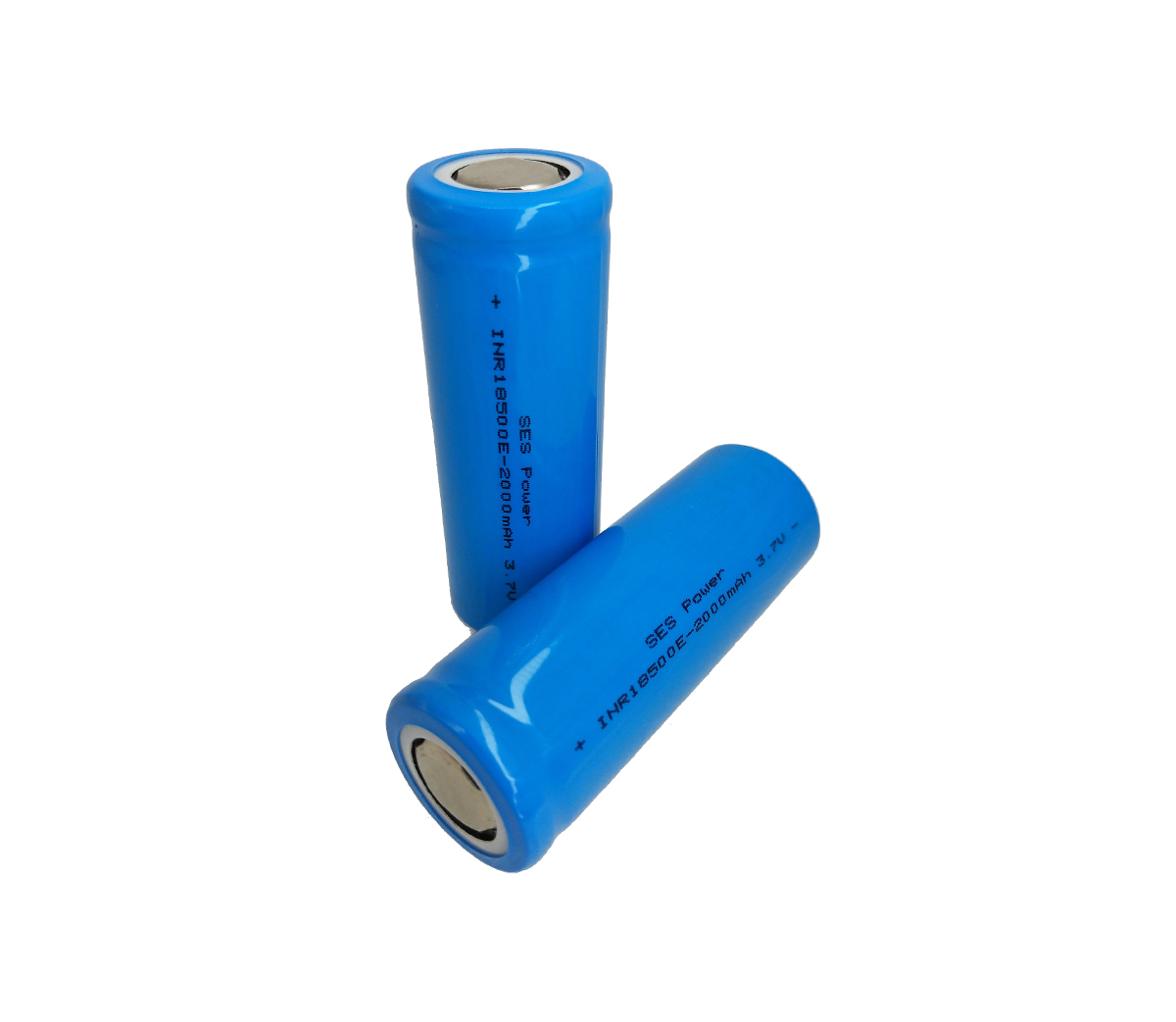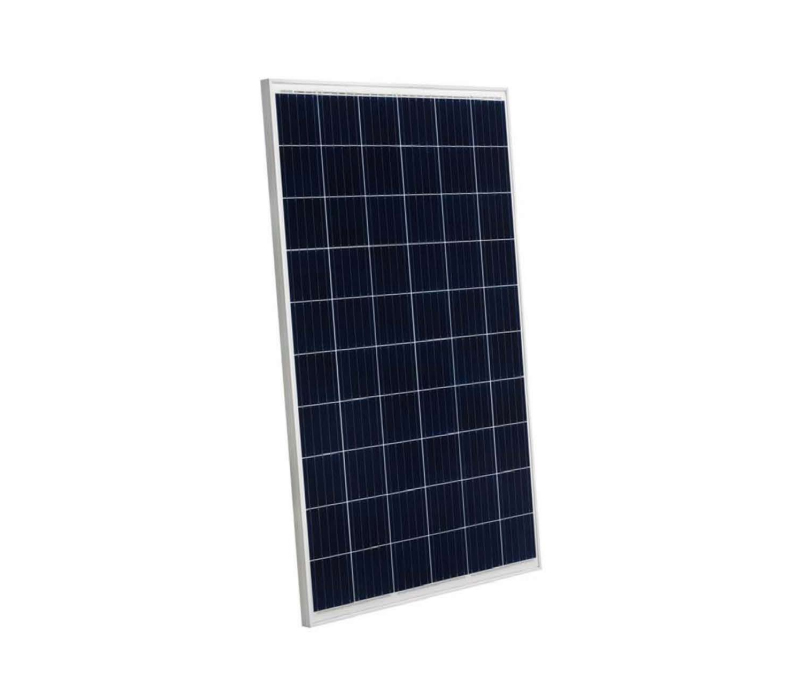The reality of the unstable global supply of fossil energy and the volatility of the international situation has led to a rapid growth trend in energy storage systems, especially lithium-ion energy storage systems, and the competition for available batteries by electric vehicles has led many to consider different ways to replace lithium-ion energy storage systems.
Many industry participants at RE+ 2022, the largest clean energy trade show in the U.S., thought so.
Andy Tang, head of energy storage at Finnish energy and marine power solutions provider Wärtsilä, said in a recent interview with industry media that the company had a fast-growing year in 2021, but battery supply chain issues in 2022 brought it back to reality.

(Battery products from a handful of major lithium battery suppliers, including Virtue Time, on display at RE+2022)
And by 2022, like many industries, Wärtsilä was hit with supply chain issues that prevented the company from supplying its integrated lithium-ion battery energy storage solutions at contract prices, Andy Tang said, forcing the company to renegotiate contracts with customers.
Andy Tang said, "We suddenly found ourselves in a position where we didn't have enough cells, and the price of lithium carbonate on the market had shot up 500 percent in a year."
While he believes the battery storage industry has done a good job of dealing with these changes, and that most technology suppliers have adopted raw material index pricing (RMI), developing mitigation strategies and negotiating with customers can be a lengthy process lasting more than six months.
According to industry press reports, Sara Kayal of solar power developer Lightsourcebp noted during a panel discussion at the RE+ 2022 conference that the battery storage industry's current reliance on operating with the same battery supply chain as electric vehicles isn't really working.
Kayal said this is becoming one of the drivers for industry players such as Lightsourcebp to further investigate non-lithium alternatives. And Kiran Kumaraswamy, vice president of marketing and head of business growth at energy storage systems integrator Fluence, echoed that sentiment in an interview with industry media.
Kumaraswamy said, "Overall, the volatility in lithium prices has sparked a new wave of interest in the non-lithium technology space."
Fluence has a team under its chief technology officer to evaluate promising energy storage technologies, their characteristics and how they can meet market demand. Of course, it's not easy for emerging energy storage technologies to compete with the most established advanced battery technologies.
Currently, the U.S. energy industry is focused on the recently passed Inflation Reduction Act, which is expected to have a positive and transformative impact on the clean energy industry.
However, Jamal Burki, president of utility-scale battery storage integrator IHI Terrasun, also said that in the near term, the growth in demand - which some predict will lead to a doubling of battery storage system deployments - could impose additional constraints on an already constrained industry supply chain.
Burki highlighted the positive effects of the anticipated impact of the Inflation Reduction Act, but also said it could cause significant stress. To date, IHI Terrasun has worked with a handful of major battery suppliers. Currently, these battery products are set to sell out for at least the next two years.
In order for this to work, there has to be other viable battery suppliers," Burki said. We're starting to see some suppliers come on board, such as Gotion, a manufacturer of batteries specifically for energy storage systems that has committed to actual production in the U.S., and SK has made some announcements."
However, IHI Terrasun expects that it will take at least three more years for batteries from additional suppliers to enter the market in significant numbers. As a result, the company is looking for viable battery technologies that can be de-risked and used within the next few years.
Andy Tang of Wärtsilä said that for a long time he thought lithium-ion batteries were somehow winning the race for energy storage technology, but he has now changed that thinking.
He said that while the cost of lithium-ion batteries has fallen every year for the past decade or so, he wasn't sure how the new technology would make it to market on a large scale. Today, however, while the dramatic rise in raw material prices has slowed, it is still above previous levels, and the battery storage industry has become more aware of supply chain risks.
Tang said, "I think the energy storage industry has less than 10 percent of the lithium-ion battery market, while electric vehicles account for 90 percent. The energy storage industry is the marginal capacity that is not prioritized. All electric vehicle capacity is clearly a priority, and the storage industry ends up with a marginal product. And the fact that EV penetration is much higher than anyone expected (especially in the US) is not a good sign for the energy storage industry."
Rising prices do open the door to the adoption of other energy storage technologies, and because of the lack of supply of mined and refined lithium materials, this could also be an opportunity for other energy storage developers, while users are looking for solutions that are more environmentally friendly and have a lower carbon footprint than lithium-ion batteries.
He said, "Even though this may be temporary in terms of a two- or three-year horizon, the price dislocation and the shortage of lithium materials, as well as the difficulty for the energy storage industry to compete with the electric vehicle industry in terms of product availability, has led many people to look at other energy storage technologies."
Kiran Kumaraswamy and Andy Tang did not specify the most promising alternative energy storage technologies. And Jamal Burki said IHI Terrasun has been in discussions with an unnamed developer of sodium batteries.
As a professional manufacturer with nearly 20 years of experience in the lithium battery industry, SES Power partially agrees with the above views. It is true that the irrational price increase of lithium battery materials has hindered the development of the lithium battery industry, but we must see that many mines are accelerating the development driven by the interest, although the output of raw materials and the number of lithium battery manufacturing must have a process, but It can be expected. As for the use of non-lithium battery energy storage solutions, it is bound to have a market acceptance and testing process, this time is far longer and more uncertain than waiting for lithium batteries to return to rational and orderly.

So our energy storage products adhere to the safe, efficient, long-life lithium iron phosphate battery, such as the use of high-quality square aluminum-cased lithium iron phosphate lead-acid replacement products (12V100Ah, 12V200Ah, 24V100Ah, etc.), high-current (2000A) start lithium battery, UPS high-voltage lithium battery system (up to 860V), 3Kw ~ 20Kw Off-grid, grid-connected, islanding lithium battery energy storage system, wall-mounted form of home energy storage system 48V100Ah, 48V200Ah, stacked energy storage system (single 51.2V100Ah, up to 15 stacks supported), etc.
If you have any questions about lithium batteries, please feel free to contact us.




































